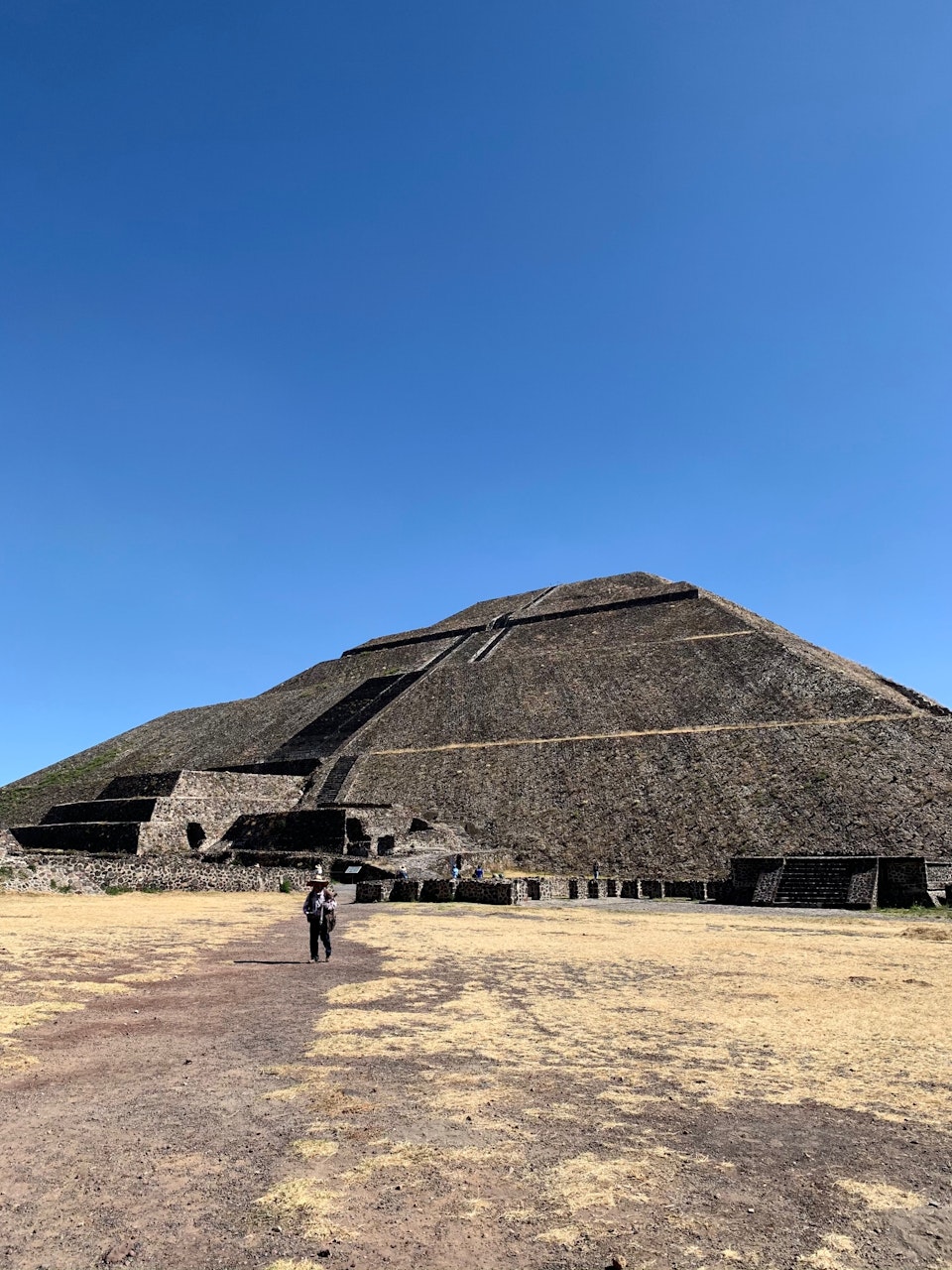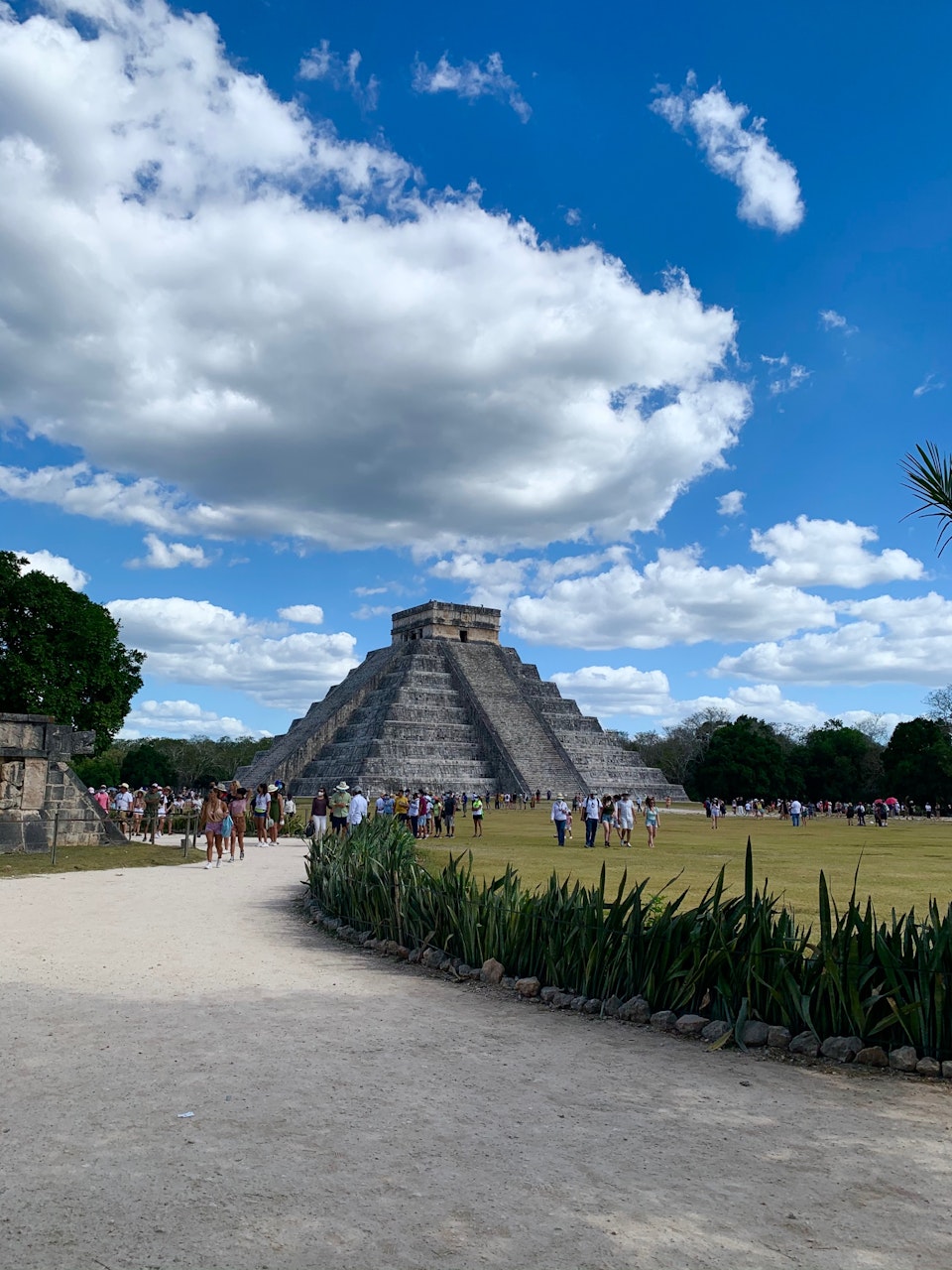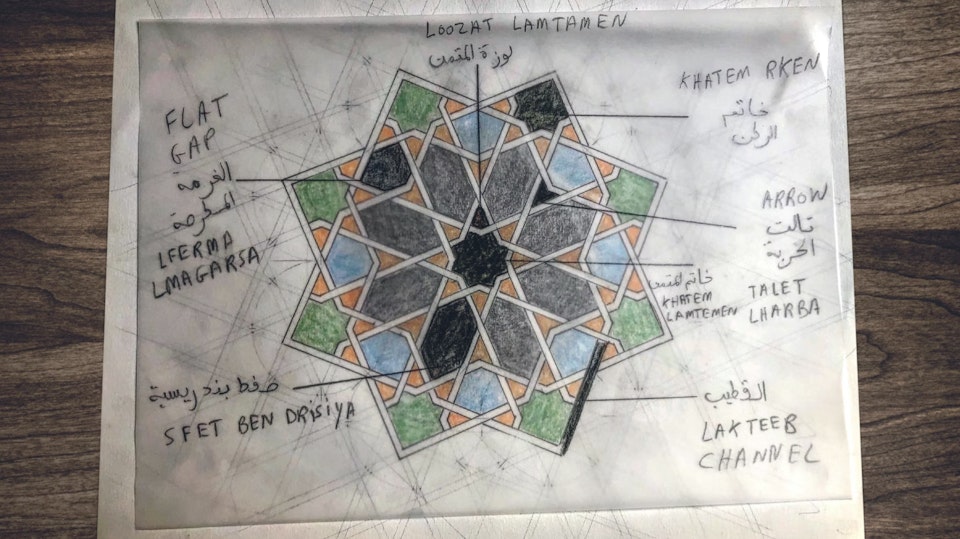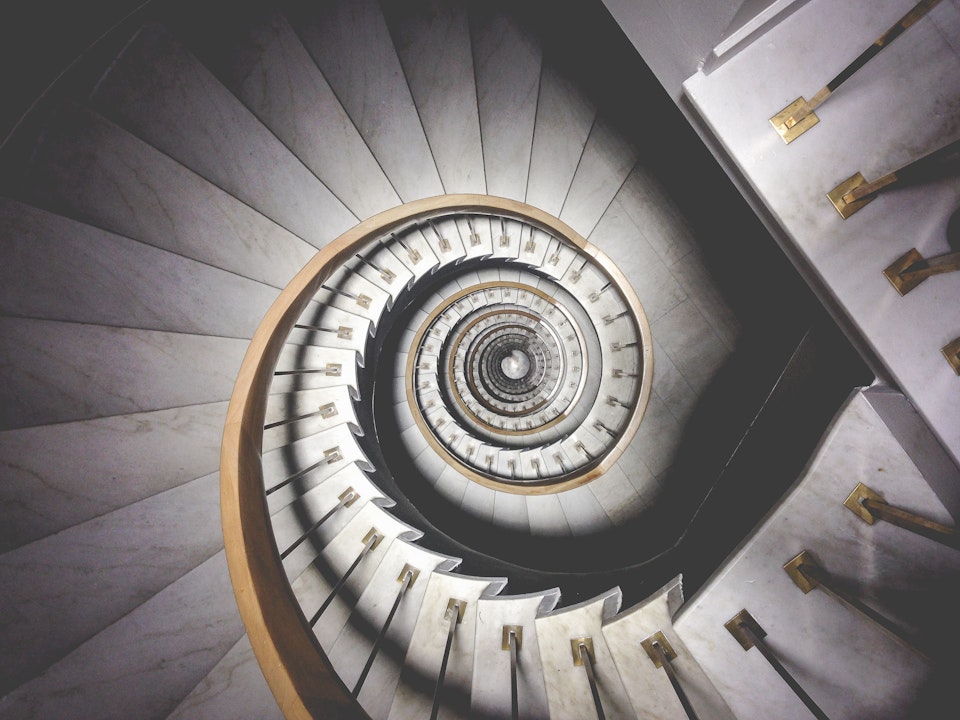August 15, 2022
Art and Geometry: How Composition Teaches Us About the Higher Order of Nature
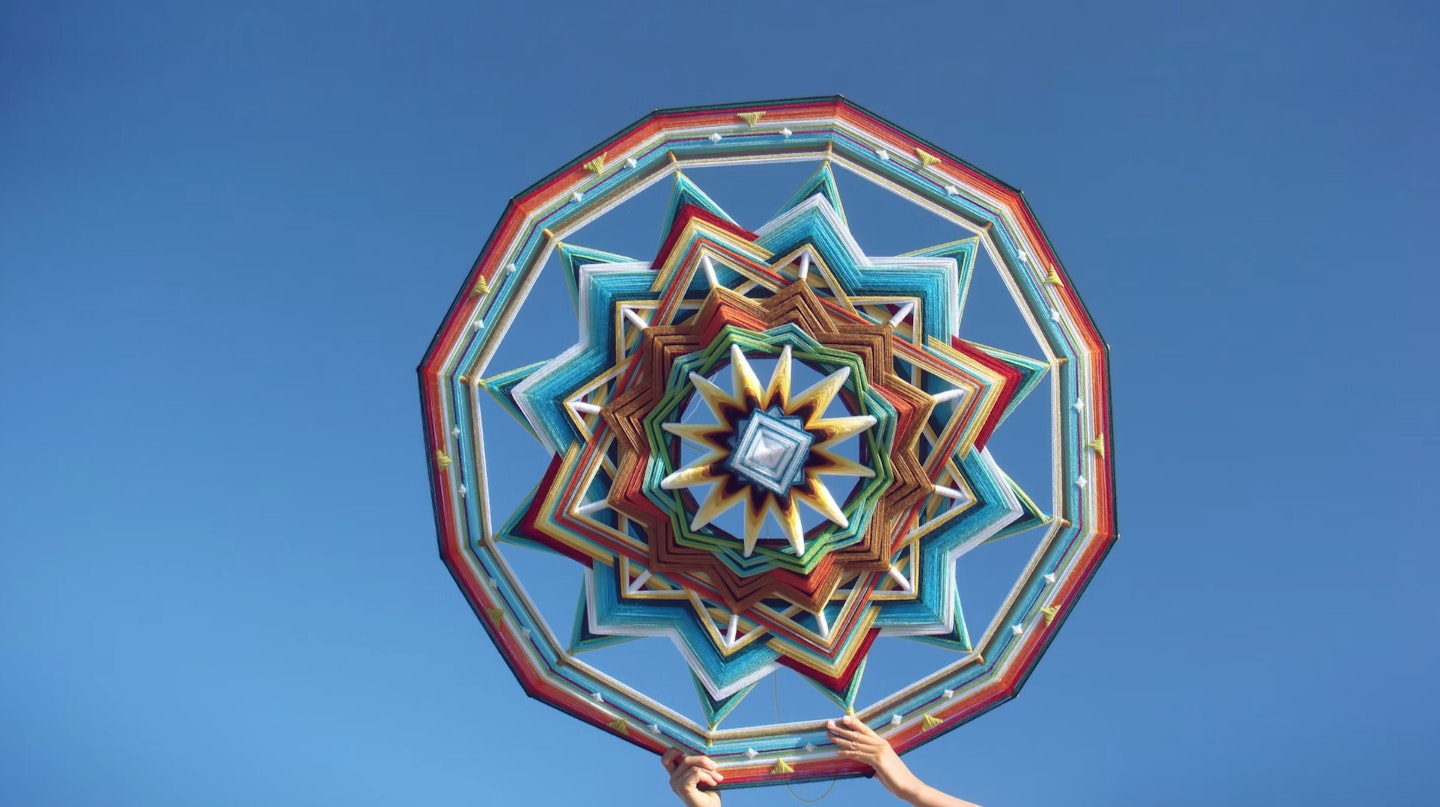
In all of art’s storied and complex history, one constant is that humans will create. Creation is the thread that connects us, across cultures, time, and geography. If we don’t create, it can be said that we deny our connection to the Divine, to what is larger than us. Art is a way for us to honor and attempt to emulate the benevolent intelligence of the universe.
Not long ago I was traveling around Mexico, visiting the ancient ruins that predate Mayan civilization in Mexico City, Oaxaca, and the Yucatán peninsula. We don’t really know who built the pyramid structures in Teotihuacan, but we know that their religious and cultural significance as well as how they were used is not dissimilar to the pyramids of Egypt. Two vastly different groups of people with nearly three thousand years between their tenures, yet they both built pyramids from stone. And, both built pyramid complexes that align with astrological elements. A need to understand the skies and the earth led humans in two vastly different places in the world to create objects that helped them make sense of it all.
The geometry and patterning that exists in the natural world is replicated again and again, and humans have historically found this replication both fascinating and beautiful. We’ve always seen math and science as laws separate from creativity. But it seems science and art are more dependent on one another than we thought. In fact, one cannot exist without the other. Moroccan Geometry VAWAA artist Hamza explains that while the patterns present in Moroccan design are beautiful, they are also a code, a language. The patterns follow formulaic logic, and learning a handful of these formulas can enable an artist to create multiple different designs.
Annotated page from Hamza's notebook
We can also see a quantifiable sort of beauty in how plants follow the Fibonacci sequence in the arrangement of their flowers and petals. This same principle has been used by countless artists to create balance and rhythm in their paintings, sculptures, and buildings, and to convey a higher meaning. Take mandala art, for instance. VAWAA artist Cloë draws inspiration from ancient symbols and various cultural traditions to weave mandalas that act both as healing tools and spiritual guides. These circular designs, born from Buddhism, Hinduism and Jainism, have historically represented deities as well as the cyclical nature of the universe. If one begins on the outside and enters the mandala, moving toward the center, this is meant to emulate the cosmic process.
The Renaissance was as much a scientific one as it was about art. Popes and kings in the 15th and 16th centuries would bring both scientists and artists to court to discuss recent discoveries. Artists would communicate those discoveries via their art form. Raphael’s fresco commonly known as The School of Athens illustrates how the multiple science studies were considered elemental to reaching a higher understanding of the world.
Composition is a universally recognized idea in art, but humans did not invent composition, rather, we borrowed it as a technique, from science and logic, and used it to imbue art with a structure that also happens to be aesthetically pleasing.
Woven into the fabric of our existence as humans, is building, creating. We create out of necessity, out of a natural drive to imprint the world with our unique human stamp. And despite all the replication of structure, pattern, perspective, we still find it intoxicating. Art is the one place where we can play with such ideas, where we can take the rules and deliberately bend them, or even break them. This is our uniquely human objective, and our higher purpose.
Written by Rachel Whitener
Explore all mini-apprenticeships, and be sure to come say hey on Instagram. For more stories, tips, and new artist updates, subscribe here.
